-
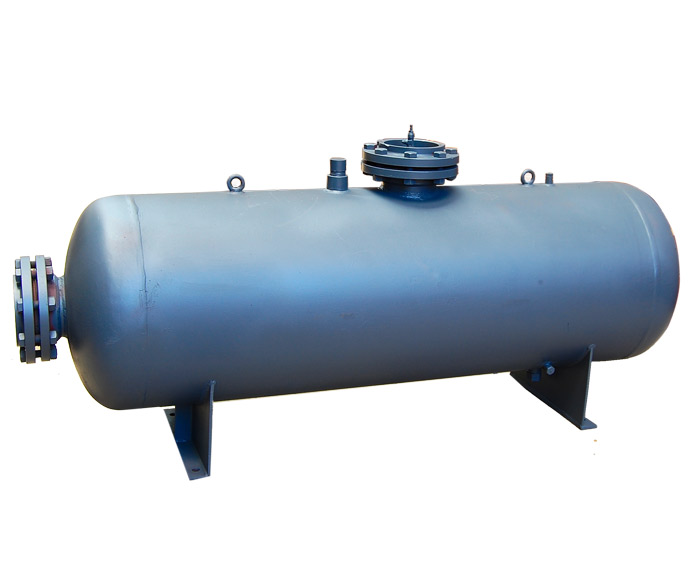 Spiral baffle heat exchangerTime of issue : 2022-01-20
Spiral baffle heat exchangerTime of issue : 2022-01-20Many heat transfer problems are often involved in petroleum, chemical, power, metallurgy, energy and other industrial sectors. Shell and tube heat exchangers are the most widely used heat transfer equipment in current industrial production. Compared with other types of heat exchangers, its main advantages are large heat transfer area per unit volume and good heat transfer effect. In addition, simple structure, wide range of materials required for manufacturing, and high flexibility in operation, etc., have been widely used in the field of chemical engineering.
-
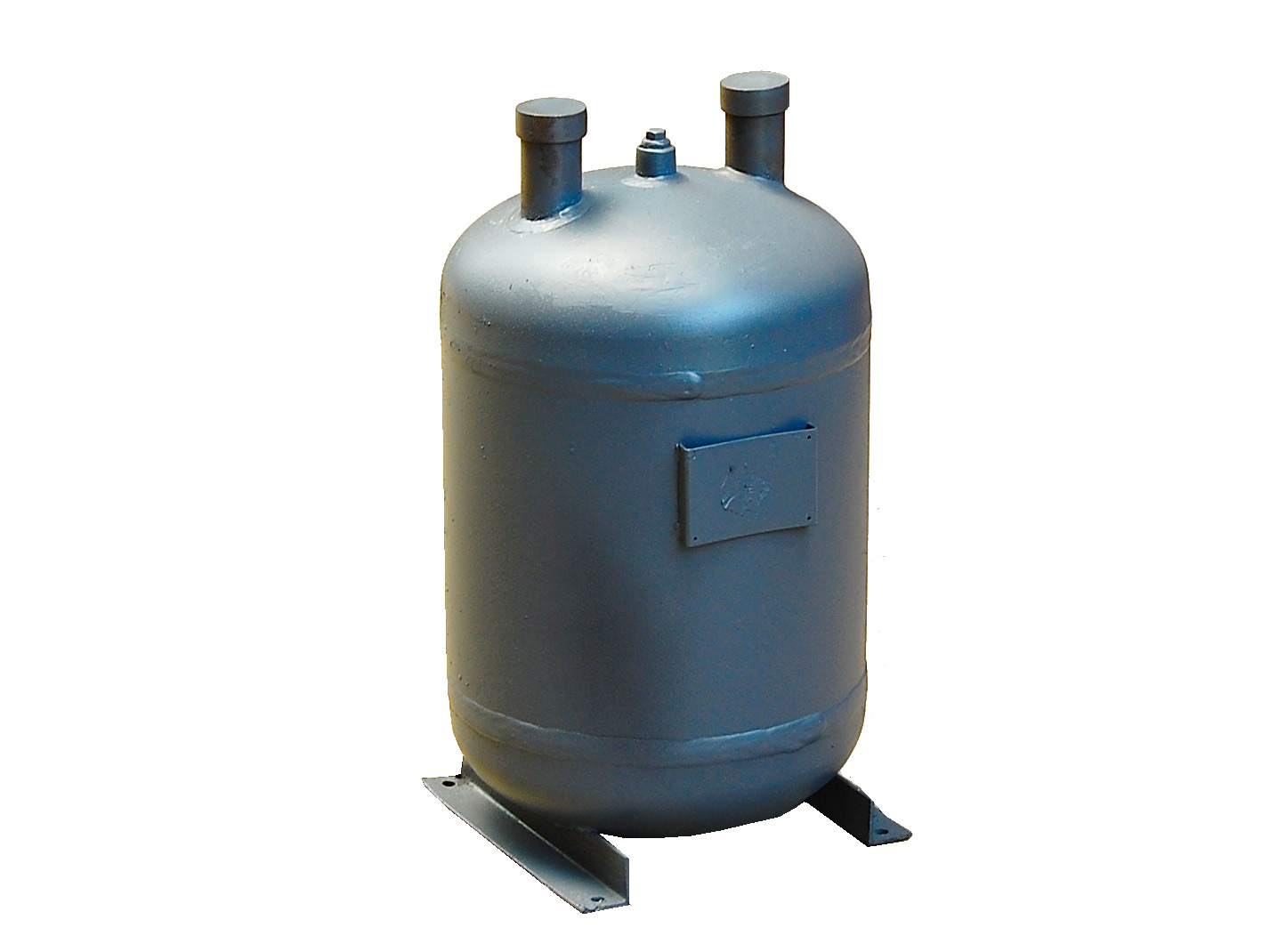 Analysis of Expansion Joint Process of Heat Exchanger Tube and Tube SheetTime of issue : 2022-01-20
Analysis of Expansion Joint Process of Heat Exchanger Tube and Tube SheetTime of issue : 2022-01-20According to the different use conditions and processing conditions of the heat exchanger, the connection methods are basically divided into three types: expansion joint, welding and expansion welding. Because the expansion joint method can withstand high pressure, it is especially suitable for materials with poor weldability and A situation in which the welding workload in the manufacturing plant is excessive. Therefore, this method is widely used in practical production. With the continuous development of technology, new technologies such as roller expansion, explosion expansion and hydraulic, liquid bag and rubber expansion have been developed successively. This paper intends to compare these several expansion processes, and provide a reference for choosing a reasonable expansion process for actual production.
-
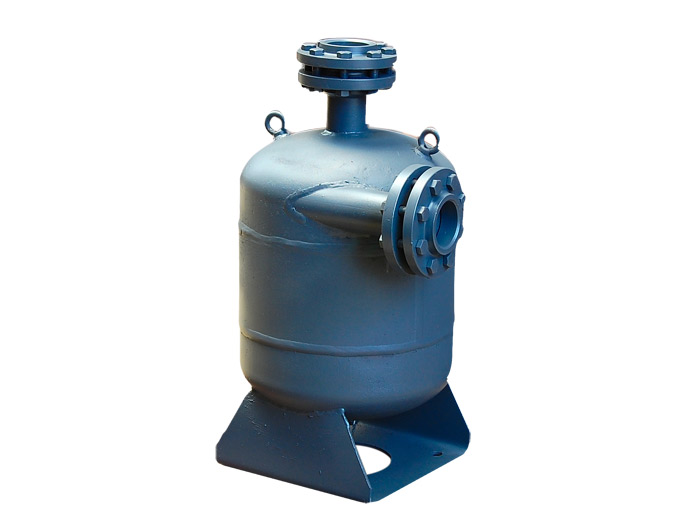 Alfa Laval launches new transcritical CO2 heat exchangerTime of issue : 2022-01-20
Alfa Laval launches new transcritical CO2 heat exchangerTime of issue : 2022-01-20Currently, Alfa Laval presents a new generation of heat exchangers: AXP10 and AXP14. Both heat exchangers are suitable for transcritical CO2 systems, are brazed and are compact. The new heat exchanger incorporates the latest technology, allowing it to achieve maximum heat recovery capacity with a high level of safety.
The purpose of Alfa Laval's design of products with high efficiency and reliability is to support the use of environmentally friendly and reliable CO2 refrigeration systems, especially in supermarkets. Applications of the new transcritical CO2 heat exchanger include heat pump hot water systems, supermarket refrigeration equipment and refrigerated transport. The basic features of AXP10 and AXP14 are: 1) Increased efficiency and increased COP; 2) Operating pressure greater than 140 bar; 3) Minimum and maximum operating temperatures are -196 °C and 225 °C, respectively; 4) AXP10 is mainly suitable for heat pump systems and refrigerated transportation; 5) AXP14 is mainly suitable for commercial refrigeration and heat pump systems; 6) The patented stainless steel structure can save space and reduce mass. -
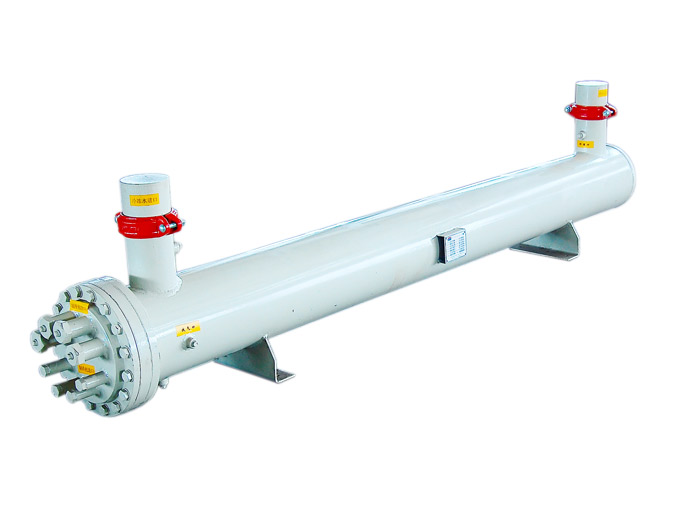 The principle of ground source heat pump technology and the technical characteristics of ground source heat pumpTime of issue : 2022-01-20
The principle of ground source heat pump technology and the technical characteristics of ground source heat pumpTime of issue : 2022-01-20The principle of ground source heat pump technology and the characteristics of ground source heat pump technology The stored low temperature thermal energy. The ground source heat pump is a system that uses this low-temperature heat energy as the heating heat source of the heat pump and the cold source of the air conditioner, which can provide both heat and air conditioning. In winter, the heat pump takes/takes out the heat in the shallow surface layer to supply indoor heating; in summer, the heat pump takes out the indoor heat and releases it to the shallow layer on the surface. The characteristics of ground source heat pump are:
1. It belongs to renewable energy utilization technology. The superficial layer of the earth is like a huge solar collector, which collects 47% of the solar energy, which is more than 500 times the energy used by human beings every year. This near-infinite, low-enthalpy heat energy that is not limited by regions and resources is a clean and renewable energy that can be utilized by human beings. And geoenergy is not affected by climate like solar energy, nor is it limited by resources and geological structure like deep geothermal. In addition, when the ground source heat pump is used for heating in winter, it stores cold energy on the ground for summer use, and when air conditioning in summer, it stores heat for the ground energy for winter use. Therefore, the ground source heat pump is a renewable energy utilization technology.
2. High efficiency, energy saving and low operating costs. Because the ground source temperature is relatively stable throughout the year, it is higher than the ambient air temperature in winter and lower than the ambient air temperature in summer. It is a good heat pump heat source and air conditioning cold source △ Heating and heating network, this The temperature characteristics make the ground source heat pump 40% more efficient than the traditional air conditioning system, so it is necessary to save energy and operating costs by about 40%.
3. Significant environmental benefits It neither destroys groundwater resources nor pollutes it. It can be built in residential areas without combustion, smoke, or waste. It does not require a site for stacking fuel waste, and it does not need to transmit heat over long distances.
4. A dual-purpose ground source heat pump can provide heating and cooling throughout the year, saving investment and land occupation. Ground source heat pump, a renewable energy utilization technology, is highly efficient and energy-saving without any pollution. It conforms to the general trend of international energy development, and also conforms to my country's energy and environmental protection policies. It is a renewable energy utilization method worthy of research and vigorous development. -
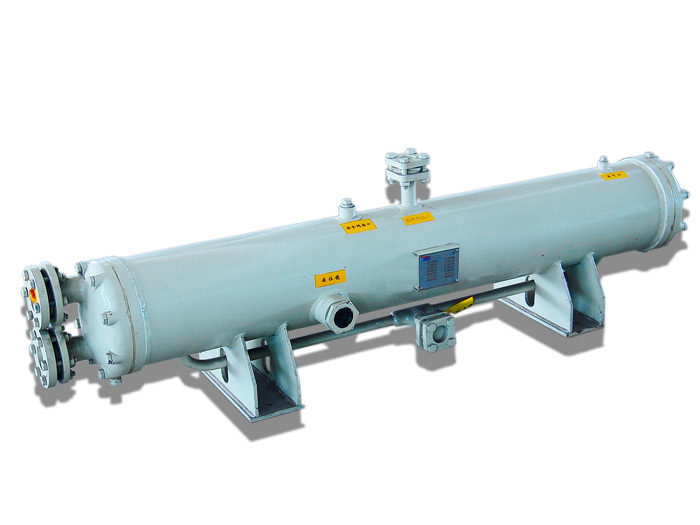 Application Comparison of Refrigerants R22 and R134aTime of issue : 2022-01-19
Application Comparison of Refrigerants R22 and R134aTime of issue : 2022-01-19It is very difficult to choose a suitable refrigerant replacement, many factors must be considered and a comprehensive evaluation must be carried out, not only to meet the requirements of ozone depletion potential (ODP), global warming potential (GWP), etc., but also to Consider thermal performance, toxicity, flammability, compatibility, investment and operating costs, etc. The application characteristics of R22 and R134a are analyzed as follows:
1. The global warming potential (GWP) of R134a is 0.25 and that of R22 is 0.36, both belonging to greenhouse gases. -
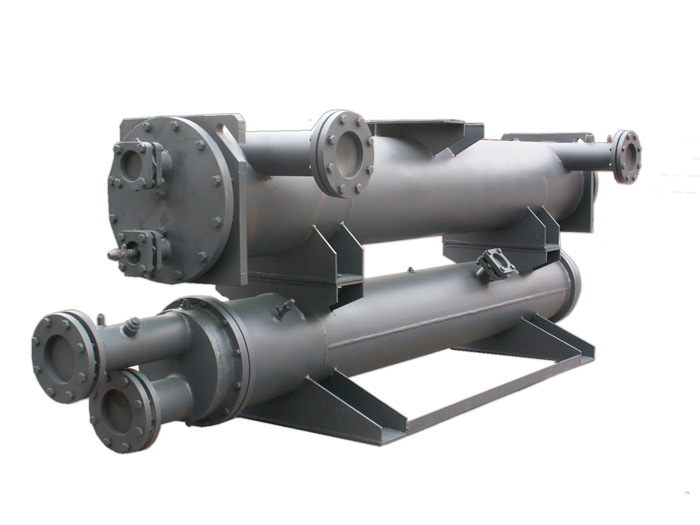 Design points of sewage heat exchangerTime of issue : 2022-01-19
Design points of sewage heat exchangerTime of issue : 2022-01-19With the emphasis on environmental protection, sewage source heat pump systems are more and more used in life, but the water quality of sewage is poor, so the use of sewage source heat pumps to exchange heat with sewage is often an indirect method. Therefore, the current common practice is not to let the sewage directly enter the heat pump unit, but to exchange the heat to the intermediate water through the sewage heat exchanger, and then the intermediate water to exchange the heat to the heat pump unit. Since the flow and heat transfer of sewage is very different from that of clean water, the previous design experience and parameters cannot be applied, and designers are faced with many new problems. However, in practice, many designers lack understanding of the particularity of sewage heat transfer, and directly apply the design parameters and methods for clean water, which is very dangerous for the quality of the project.
-
 Design thinking of sewage heat pumpTime of issue : 2022-01-19
Design thinking of sewage heat pumpTime of issue : 2022-01-19Since sewage source heat pump air conditioning is a new technology that has been widely developed in recent years, its system design is a new problem for all designers. In the past five years, Xiao Li, a researcher of Reynolds sewage thermal energy, has obtained some valuable design experience through a large number of laboratory research and engineering practice. The new problems inevitably encountered in the design are:
1 Choice of system form What kind of sewage can directly enter the unit (direct system), and what kind of sewage can only exchange heat with intermediate clean water first, and then clean water into the unit (indirect system)? For indirect heat exchange, it is recommended to use centrifugal sewage heat exchangers, which can maximize the avoidance of blockage and subsequent cleaning.

Address: No. 21, Yile Road, Waigang Industrial Zone 2, Jiading District, Shanghai
Mail:andyhanzx@126.com
FAX:021-59137597
TEL:021-59137169
Copyright (c) 2021 Shanghai Huanqiu Refrigeration Equipment Co., Ltd. SEO






